A New Chapter for Zigbee
The Connectivity Standards Alliance has announced Zigbee 4.0 together with Suzi, the new name for Zigbee’s Sub-GHz extension. For many people this will look like a typical technical press release, but if you have ever run a real Zigbee network, you know this is a big moment.
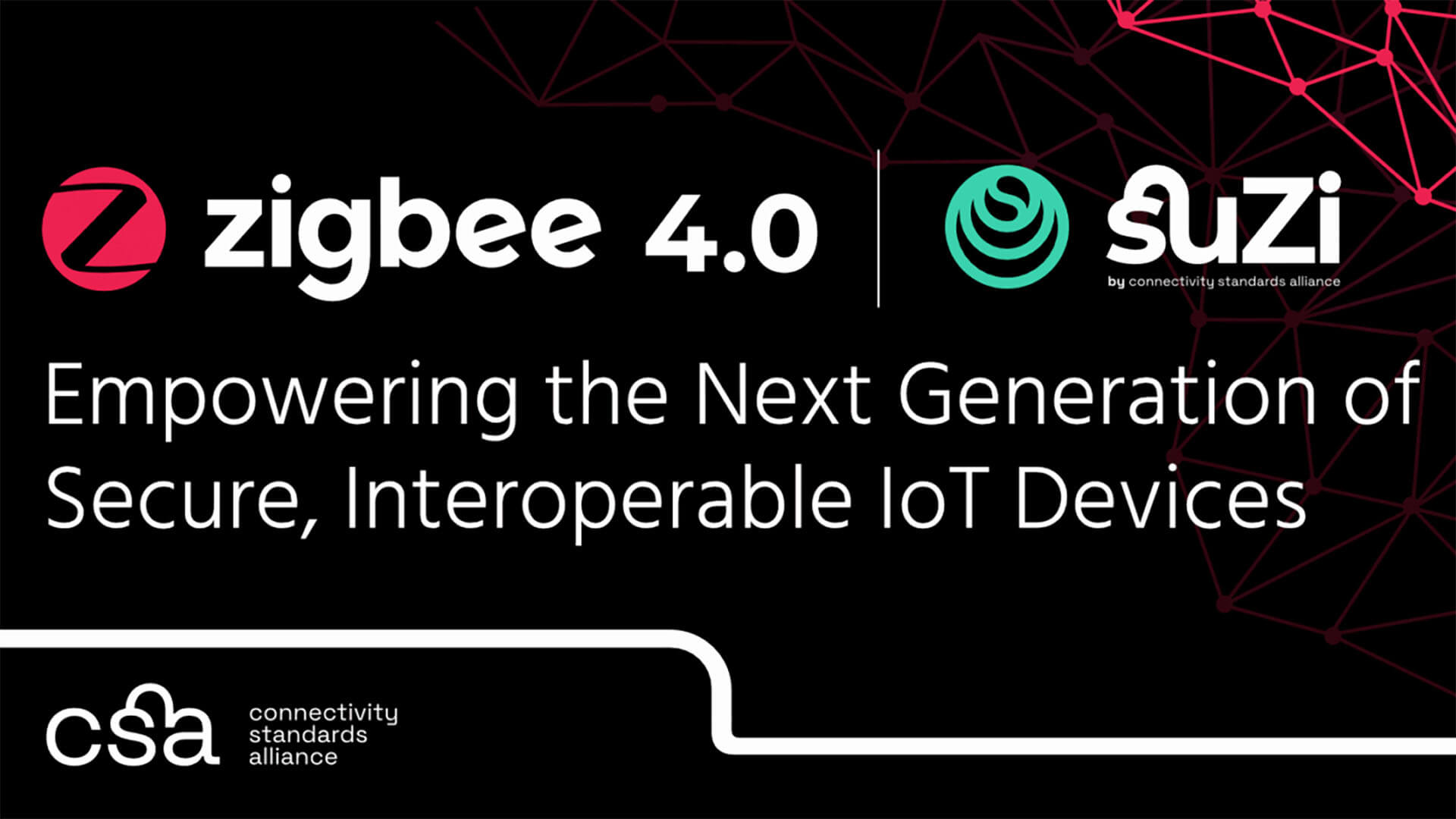
Zigbee has been powering smart homes for more than two decades. It is stable, predictable, low power, and full of device types that actually matter in daily life. Contact sensors, motion sensors, temperature probes, light switches, dimmers, smart plugs, relays, almost everything useful in a smart home has a Zigbee version.
This is why I always say that if something can be Zigbee, it must be Zigbee. My entire home is basically a Zigbee museum and I am perfectly fine with that because it works if you know what you are doing.
Zigbee 4.0 does not replace anything. It takes the strong foundation we already have and builds on top of it. The best part is that everything stays backward compatible and familiar, but more capable. And this is where Suzi immediately becomes important.
Zigbee Goes Long Range with Suzi
Suzi is the new name the Alliance gives to Sub GHz Zigbee. I’m guessing the name is a play on words: Sub-GHz, which gives the “Su” and Zigbee, which gives the “Zi”. It is still Zigbee, just running on lower frequencies like 800 MHz in Europe and 900 MHz in North America. These bands travel further, go through thick walls easier, and stay reliable in places where 2.4 GHz struggles. If you have ever tried to get a Zigbee motion sensor to work in a concrete garage or an outdoor shed, you already know why this matters.
What makes Suzi exciting is that it is not a separate protocol. It is part of the same Zigbee world we already use. Same certification, same mesh logic, same ecosystem. So you get long range without fragmentation and the need to form separate networks. However, it does mean you will need a new coordinator that can talk to these lower-frequency bands. It remains to be seen how this will work in practice.
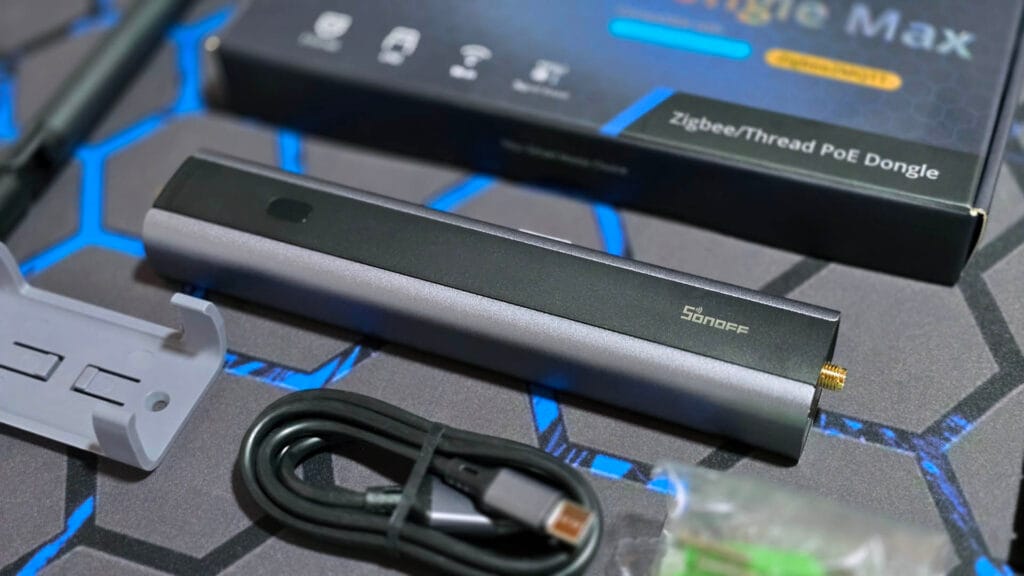
Certification for Suzi opens in the first half of 2026. That means manufacturers deep in Zigbee should start releasing long range Zigbee devices soon. And considering how advanced some coordinators already are, like the Sonoff Dongle Plus and Dongle Max (EFR32MG24) or the entire SMLight MR range with dual Zigbee and Thread hardware, Sub GHz support will push the next generation of coordinators even further. I fully expect to see a Sub-GHz Zigbee coordinator from one of these companies soon.
A Real Upgrade for Power Users
Zigbee 4.0 is packed with changes that real users will actually notice in daily use. These are not theoretical improvements. Anyone who has ever run a large Zigbee network with dozens or even hundreds of devices knows the exact pain points this update addresses. Routing delays, sleepy device quirks, random drops, slow pairing routines, and occasional mesh confusion are all things that show up when a network grows beyond a handful of sensors.
One of the biggest upgrades is the full support for 800 MHz and 900 MHz alongside the usual 2.4 GHz. This pairs perfectly with Suzi and stays completely backward compatible. These lower frequencies travel further, go through walls with less resistance, and are far more stable in homes packed with Wi Fi interference. Anyone who has struggled to reach a shed, garage, basement, or thick concrete room will immediately understand why this matters. You get better coverage without needing to change the way Zigbee works.
Security also receives a much needed boost. Zigbee 4.0 introduces safer device onboarding, improved authentication, stronger link key handling, and cleaner secure channel behavior. This is not the kind of security that gets in your way. It simply reduces the chances of accidental misconfigurations, protects against older attack methods, and helps keep long running networks healthy. Everything remains compatible with existing devices, so nothing suddenly breaks in the process.
Mesh behavior gets a major refinement too. Parent selection becomes smarter, retries are handled more consistently, APS acknowledgements become more predictable, and frame counters stay synchronized to prevent dropouts. Sleepy devices like battery powered sensors benefit a lot from this, especially with improved polling logic and the new option for sleepy to sleepy communication. These improvements smooth out the tiny annoyances that tend to show up in large or mixed vendor networks.
Onboarding also becomes more flexible. With the updated Zigbee Direct, you can now onboard devices through BLE without needing a hub present during the initial setup. This makes pairing much easier in situations where the final coordinator is far away, still boxed, or not yet installed. You can enroll a device with a phone or another BLE capable device first, then let it join the Zigbee network once the coordinator is available.
Zigbee 4.0 also brings battery improvements for end devices. Sleepy to sleepy communication through Coordinated Sample Listening allows two battery powered devices to talk directly without waking up too often. This reduces wasted power and can noticeably extend battery life in sensors that check in only occasionally. These improvements might sound small, but they make a real difference in long term reliability, especially in homes filled with battery powered devices.
Where Does Thread Fit Into All This
Thread has been growing fast because of Matter, and some coordinators now even ship with dual radios for Zigbee and Thread. The SMlight MR2 and MR3 are great examples of this. But despite all the excitement, Thread still feels young and unfinished. Which couldn’t be farther from the truth actually, as Matter is what’s holding back Thread, and not the other way around.
Matter has been moving so slowly that some people are losing interest. It works well enough with basic on or off devices, but many advanced settings and device characteristics are simply missing. Not because manufacturers refuse to add them, but because the Matter standard does not support them yet. Thread as a transport layer is solid, but Matter on top of it is holding everything back. I’d even wager that those who run large Zigbee networks do not have any interest in Thread at this point. I mean, why fix what ain’t broken?
This does not mean Thread will not get there. It is improving. It will eventually be very strong. But today, Zigbee offers stability you can trust in every room of your home. So while Thread evolves, Zigbee 4.0 steps forward without trying to compete. It keeps doing what it has always done best. Reliable control, simple device logic, long battery life, and now, extended range.
Final Thoughts
To me, Zigbee 4.0 and Suzi show something very clear. The CSA understands that the best path forward is not to replace Zigbee but to strengthen it. This update improves security, cleans up the mesh, modernizes onboarding, and pushes Zigbee into true long range territory through Sub GHz. And it does all of this without breaking compatibility or forcing users to start over.
For years, Z Wave has held one major advantage over Zigbee. It operated in low frequency bands that naturally offered better range and wall penetration. Zigbee stayed on 2.4 GHz and compensated with mesh density and mature routing, but long range was never its strong point. With Suzi and full Sub GHz support built directly into Zigbee 4.0, that gap closes fast. Zigbee is finally stepping into the same low frequency space, but with a larger ecosystem, wider device variety, and stronger momentum behind it.
Matter and Thread will continue evolving, and Z Wave will keep serving its own dedicated audience, but Zigbee is now more capable than ever. Zigbee 4.0 and Suzi reinforce the protocol that already runs the majority of reliable smart homes, and they push it confidently into the next chapter. This is exactly the kind of update Zigbee deserved.

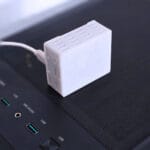


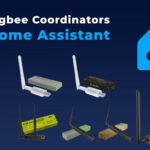

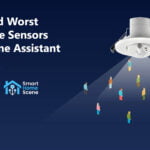

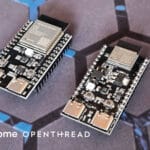
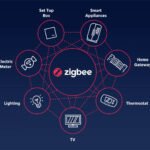
Is there any hardware on the horizon to support this new spec? Do we expect to be waiting a couple of years, or might there be software updates for some of these features (frequency changes not withstanding)?
“Zigbee 4.0 introduces safer device onboarding, improved authentication” – it’ll be interesting to see how this affects reverse engineering Zigbee devices to work with open source platforms like Zigbee2MQTT, where you have to grab the encryption key from a pairing device to decrypt the traffic between a hub and devices to figure out how the manufacturer specific clusters work.